In the vast culinary landscape of China, youtiao, also known as fried dough sticks or youtiao in Mandarin, occupy a unique and beloved position. These golden, crispy, and slightly salty snacks are a staple breakfast item enjoyed across the country, often paired with a cup of soy milk or a bowl of hot porridge. The preparation of youtiao involves a specific dough, often referred to as “dough pieces” or “dough segments” in English, which, once fried, transform into the delightful treats we all know and love. However, for those who wish to prepare youtiao in advance or in bulk, a pressing question arises: can youtiao dough be frozen for later use? This article delves into the intricacies of freezing youtiao dough, exploring its feasibility, methods, and potential impact on the final product.
Understanding Youtiao Dough
Before discussing freezing, it’s crucial to understand the basic composition of youtiao dough. Traditionally, youtiao dough is made from a combination of flour, water, yeast, baking soda, and sometimes salt. The dough undergoes a fermentation process, allowing the yeast to work its magic and create a light, airy texture. This fermentation is key to achieving the characteristic fluffy interior and crispy exterior of youtiao.
The Science Behind Freezing Dough
Freezing dough is a common practice in baking and cooking, aimed at preserving dough for future use without compromising its quality. The principle behind freezing is to slow down the biochemical processes that occur in dough, such as fermentation and gluten development, thereby extending its shelf life. When dough is frozen, ice crystals form within its structure, effectively halting these processes until the dough is thawed.
Can Youtiao Dough Be Frozen?
The short answer is yes, youtiao dough can be frozen. However, like with any frozen dough, there are specific considerations and techniques to ensure optimal results upon thawing and frying. Freezing youtiao dough requires careful preparation to minimize the formation of large ice crystals, which can damage the dough’s structure and affect its texture upon frying.
Preparation for Freezing
-
Proper Dough Conditioning: Before freezing, ensure that the dough has undergone sufficient fermentation. This typically involves letting the dough rise until it has doubled in size. Proper fermentation helps develop the gluten network, which is crucial for the dough’s ability to expand during frying.

-
Shaping and Portioning: Once the dough has fermented, shape it into individual youtiao pieces or logs. This step is crucial because freezing dough in bulk can make it difficult to separate later. Portioning the dough also allows for more even frying.
-
Flash Freezing: To minimize the formation of large ice crystals, consider using a flash freezer or placing the dough pieces on a tray in the coldest part of your freezer. Flash freezing quickly lowers the dough’s temperature, reducing the size and number of ice crystals.
-
Storage: After flash freezing, transfer the dough pieces to an airtight, freezer-safe container or heavy-duty freezer bag. Label the container with the date to keep track of how long the dough has been frozen.

Thawing and Frying Frozen Dough
-
Thawing: When ready to use, thaw the dough pieces in the refrigerator overnight. This gradual thawing helps maintain the dough’s structure and prevents it from becoming too sticky or difficult to handle.
-
Proofing (Optional): Depending on the level of fermentation achieved before freezing, you may need to let the thawed dough proof again at room temperature for a short period. This step can help the dough regain some of its lost volume and improve its ability to expand during frying.
-
Frying: Fry the dough pieces in hot oil, typically at around 350-375°F (175-190°C). Monitor the frying process carefully to ensure even cooking and achieve the desired golden-brown color and crispy texture.
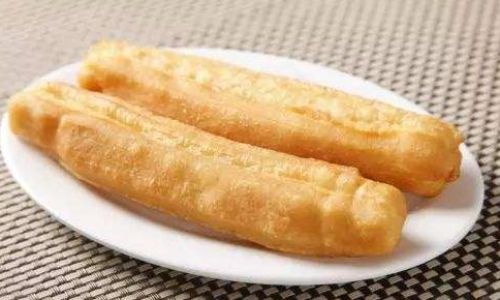
Potential Challenges and Solutions
While freezing youtiao dough is possible, it does present some challenges. The most significant is the potential loss of texture and flavor upon thawing and frying. Large ice crystals can disrupt the dough’s gluten structure, leading to a denser, less fluffy interior. To mitigate this, careful handling during freezing and thawing, as well as optimal frying conditions, are essential.
Tips for Success
- Use High-Quality Ingredients: High-protein flour and active dry yeast can improve the dough’s structure and fermentation capabilities, making it more resilient to the freezing process.
- Avoid Over-Freezing: Prolonged freezing can degrade the dough’s quality. Aim to use frozen dough within a few months for the best results.
- Control the Frying Temperature: Maintaining a consistent frying temperature is crucial for achieving an evenly cooked and crispy exterior.
Conclusion
In summary, freezing youtiao dough is a viable option for those who wish to prepare these delicious snacks in advance or in bulk. By following proper preparation, freezing, thawing, and frying techniques, you can enjoy homemade youtiao that are almost indistinguishable from freshly made dough. While freezing introduces some challenges, with careful handling and attention to detail, you can overcome these hurdles and enjoy the convenience of having homemade youtiao dough ready to fry at a moment’s notice. So, the next time you find yourself with an excess of dough or a desire to plan ahead, don’t hesitate to reach for the freezer – your youtiao dreams are just a thaw and fry away.
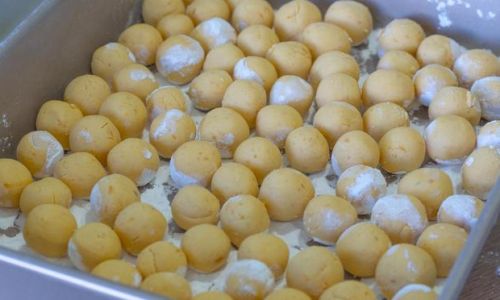
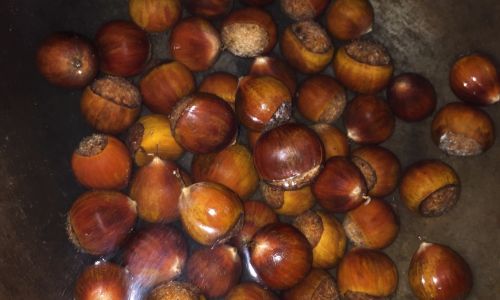

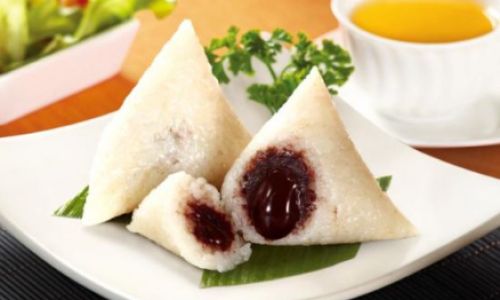
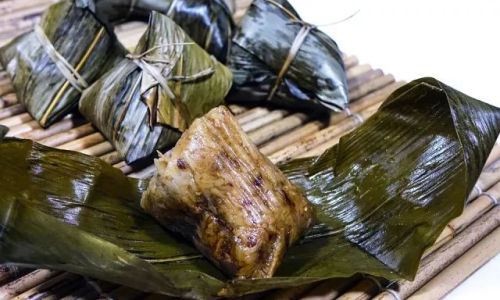

0 comments